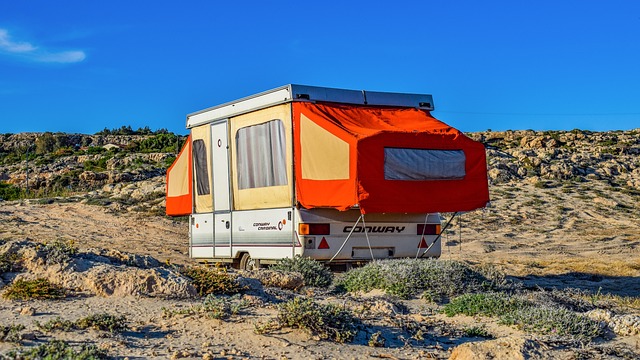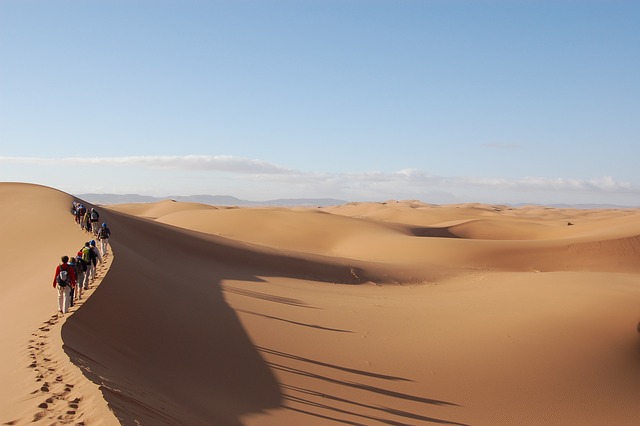As autumn transitions into winter in Australia, it's important to take specific measures to ensure your caravan remains comfortable and functional during the colder months. This involves a thorough exterior cleaning to prevent freeze-thaw damage, sealing all entry points to guard against moisture and water intrusion, and upgrading insulation, particularly in vulnerable areas of the caravan. Inside, focus on adequately insulating pipes to prevent freezing, recharging and protecting your batteries from the cold, and managing condensation and mould through proper ventilation. Select a sheltered, north-facing location for your caravan to minimize exposure to cold winds.
Enhancing your caravan's insulation with high-quality materials like reflective foil or polyurethane foam will help retain heat. Use weather stripping or caulk to seal gaps and cracks, and install efficient heating solutions. Ensure adequate ventilation for fresh air circulation while keeping out the cold. Regular maintenance checks are crucial, including assessing and draining your water system, using antifreeze to prevent freeze-ups, and sealing drafts from windows and doors. Keep your battery charged, protect it from extreme cold, inspect your tires, and follow the manufacturer's advice for winterization. By adhering to these guidelines, your caravan will be well-prepared for the Australian winter, ensuring a comfortable and hassle-free travel experience.
Embarking on winter travels in your caravan across the vast and varied landscapes of Australia can be a delightful experience with proper preparation. This comprehensive guide is tailored to help you maintain your caravan as a top-notch travel companion through the colder months. We’ll explore effective insulation strategies, critical ventilation techniques, and essential maintenance checks to guarantee your mobile abode remains warm, dry, and comfortable. By following these steps, you’ll ensure that your best caravan stands ready for safe and enjoyable adventures, no matter how chilly it gets outside.
- Preparing Your Caravan for the Australian Winter: A Comprehensive Guide to Maintaining Your Best Travel Companion
- Insulation and Ventilation: Strategies to Keep Your Caravan Cosy During Australia's Cold Months
- Essential Maintenance Checks and Upkeep to Ensure Your Caravan withstands Winter Weather in Australia
Preparing Your Caravan for the Australian Winter: A Comprehensive Guide to Maintaining Your Best Travel Companion

As the cooler months approach in Australia, safeguarding your caravan against the winter chill is paramount to ensure a comfortable and hassle-free travel experience. To maintain your caravan as your best travel companion during this period, it’s essential to undertake a series of preparatory steps that cater to the unique environmental conditions. Begin by thoroughly cleaning the exterior of your caravan, removing any dirt or debris that could cause damage when freeze-thaw cycles occur. Pay close attention to sealing all windows and doors, as well as any vents, to prevent water intrusion that can lead to structural damage and moisture buildup inside. Use quality sealants and consider adding insulative materials to vulnerable areas for enhanced protection against the cold.
Inside your caravan, ensure that all pipes are well-insulated, considering heat tape or thermostatically controlled heating cables to prevent freeze-ups and potential bursting from frozen water. Batteries tend to underperform in winter’s lower temperatures, so check and charge them fully before storing your caravan. It’s also wise to disconnect any non-essential batteries from the system to avoid draining. Ventilation is key to preventing condensation and mould growth; open all vent covers to allow airflow, but ensure they’re protected against precipitation. Lastly, consider the placement of your caravan during winterization. A north-facing orientation in a sheltered location can minimise exposure to cold winds and maintain warmth within the structure. By following these meticulous steps, you’ll ensure that your caravan remains a top-notch travel companion, ready to embark on new adventures once the warmer season returns.
Insulation and Ventilation: Strategies to Keep Your Caravan Cosy During Australia's Cold Months

When the Australian winter rolls in, ensuring your caravan is well-prepared for the drop in temperature is crucial for maintaining comfort and safety during your travel endeavours. Proper insulation is a cornerstone of keeping your caravan cosy. High-quality insulation materials, such as reflective foil or polyurethane foam, should be installed in the walls, ceilings, and floors to minimize heat loss. Consider upgrading existing insulation to enhance the thermal performance of your caravan. Additionally, sealing any gaps or cracks with weather stripping or caulk is vital to prevent cold drafts that can make the interior feel chilly.
Ventilation plays a pivotal role in maintaining a comfortable living environment within your caravan during the winter months. Strategically placed vents allow for the exchange of stale air with fresh air without letting the cold breeze in. You can install vent covers or insulated vents to control the flow of air while retaining warmth. It’s also beneficial to use energy-efficient heating solutions, such as diesel heaters or electric space heaters, to efficiently warm up your caravan. By combining effective insulation with thoughtful ventilation strategies, you can create a comfortable and inviting space within your caravan, even on the coldest of Australian winter nights. Opting for the best caravan accessories and materials tailored for winter conditions will ensure that your travel experiences remain enjoyable and uninterrupted, regardless of the external weather.
Essential Maintenance Checks and Upkeep to Ensure Your Caravan withstands Winter Weather in Australia

When winter’s chill descends on Australia, ensuring your caravan is prepared for the cold is paramount for a hassle-free travel experience. Regular maintenance checks are a must to safeguard your vehicle against the elements. Begin by inspecting the caravan’s water system, as freezing temperatures can cause pipes to burst. Drain all water tanks and pipes, and consider installing an antifreeze solution to prevent freeze-ups. Check the integrity of the roof, windows, and doors, sealing any gaps that could let in cold air. The best caravan models are designed with insulation in mind; however, additional measures like fitting insulated curtains or using reflective films on windows can significantly enhance warmth retention.
Ensuring your caravan’s battery remains charged is also crucial during the winter months. Cold weather affects a battery’s performance, so it’s wise to keep it trickle-charged and stored in a place where it won’t be exposed to extreme temperatures. Tires should be inspected for wear and inflated to the recommended pressure to handle the colder road conditions safely. Lastly, review your caravan’s manual for manufacturer-specific advice on winterizing, and don’t hesitate to perform a test run to ensure everything is functioning as it should before embarking on your travel adventure. With these best practices in place, your caravan will be well-prepared to endure the Australian winter, allowing you to enjoy your travel without interruption.
When the cooler temperatures of an Australian winter approach, ensuring your caravan is prepared for the change in climate is key to maintaining a comfortable and enjoyable travel experience. This comprehensive guide has covered everything from optimising insulation and ventilation to performing essential maintenance checks, all aimed at keeping your best caravan in top condition through the season. By following these steps, you can confidently embark on winter travels, knowing that your travel companion is well-prepared for the season’s demands. Remember to revisit these practices annually to safeguard your caravan against the elements and ensure many more years of adventure and exploration. Happy travels this winter!



